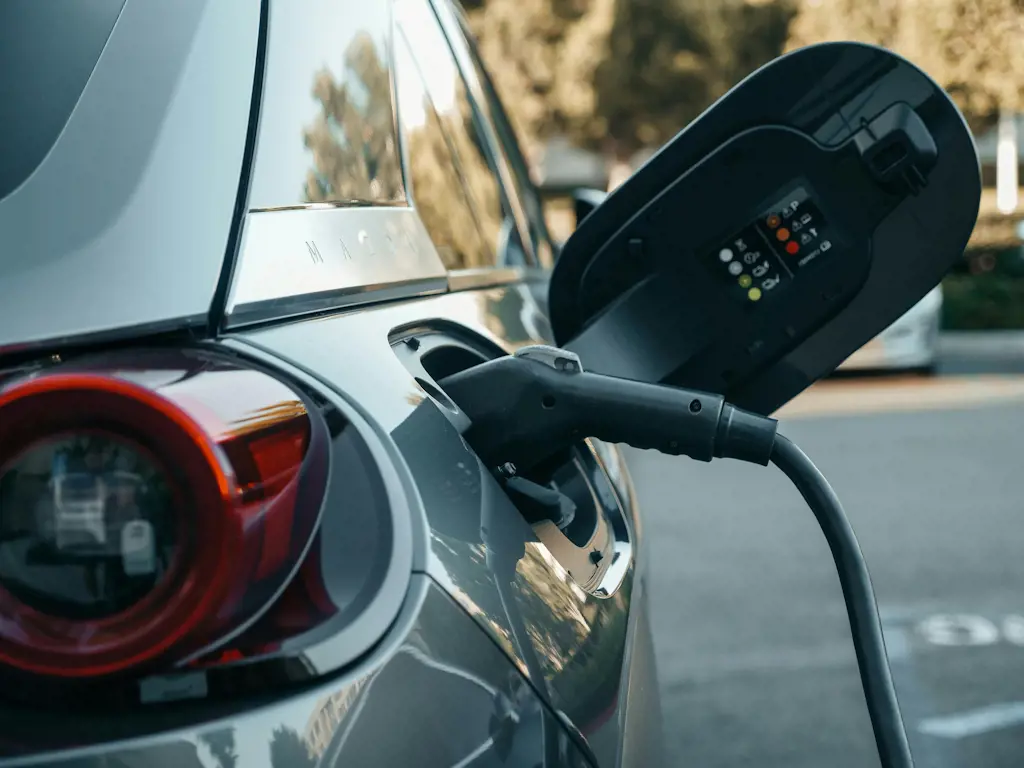
Lessons From BNEF’s Electric Vehicle Outlook 2025 - What It Means for Founders, VCs, and the Mobility Ecosystem
The BNEF Electric Vehicle Outlook 2025 is an in-depth examination of the current state and projected future of EV adoption. It’s not just an industry report—it’s a lens into shifting market dynamics, fractured policy environments, and the emerging opportunities (and landmines) facing investors and innovators alike.
So what does it teach us, and how do we apply this to venture capital, founder strategy, and the broader mobility ecosystem?
1. Disruption Isn’t Linear—But It Is Relentless
The EV revolution isn’t following a smooth upward curve. BNEF reduced both its near- and long-term EV adoption forecasts for the first time, mainly due to U.S. policy rollbacks and rising trade barriers. Yet, globally, EV sales are still expected to surpass 22 million units this year, with China accounting for two-thirds of that demand.
Takeaway for VCs and founders: Don’t assume macro tailwinds will stay aligned. Winning companies will be those that prove resilient to geopolitical volatility and avoid relying solely on regulation. Focus on commercial traction, total cost of ownership (TCO) advantages, and differentiated value.
2. China’s Lead Is Not Just Market Size—It’s Affordability, Speed, and Integration
China is the only primary market where EVs are already cheaper than ICE vehicles. It’s also miles ahead in battery manufacturing, public charging infrastructure, and adoption of range-extender EVs (e.g. Li Auto).
Application: Any startup aiming to scale globally must understand China’s pace and pricing. For UK-based founders, China is not just a competitor but a model of operational efficiency and battery supply chain integration. For VCs, consider whether your portfolio companies have pricing power in a world where the Chinese EV market sets the benchmark.
3. Tariffs and Trade Tensions Are Redrawing the Map
BNEF is blunt: trade barriers are fragmenting the global auto market. U.S. adoption lags due to weakening support (IRA rollbacks, 25% EV import tariffs), while countries like Thailand and Brazil are leapfrogging past G7 nations in EV uptake.
Strategy insight: For investors like us at Cambria Private Capital, this reinforces the importance of placing bets in markets that are regulatory stable, cost-competitive, or open to Chinese and new entrant brands. Southeast Asia, Latin America, and the UK currently offer unique positioning opportunities.
4. Unit Economics Still Matter (Even in a Mission-Driven Market)
Charging costs are rising fast. In many parts of the US and Europe, fast public charging is now more expensive per km than petrol. This chips away at the EV value proposition.
What to learn: Founders and product leaders must obsess over the evolving economics for end-users, not just the tech. For example, EasiChat’s adoption curve in the dealer world must eventually be tied to real-world savings or a lift in lead generation. Sustainability alone isn’t a moat—operational ROI is.
5. Solid-State, Sodium-Ion, and Smart Charging Are Real, But Not Ready
Solid-state batteries are expected to power just 10% of EVs by 2035. Most manufacturing plants are still in the planning stages. Sodium-ion and innovative charging models are gaining traction, but haven’t yet reached escape velocity.
VC lens: Don’t over-index on next-gen tech just yet. The most significant returns might come from “boring” enablers—fleet electrification software, infrastructure build-outs, and AI-powered energy management, especially those who help bridge today’s tech into tomorrow’s scale.
6. Automakers Are Quietly Retreating—Time for Startups to Fill the Gap
Several OEMs have walked back EV targets. Some battery gigafactories have been paused. Meanwhile, robotaxis are scaling up in Asia, and startups are leading the way with new powertrain formats, such as e-REVs.
What this means: Legacy players are retreating to their comfort zones. VCs and founders should double down on areas where incumbents are slowing—fleet logistics, mobility SaaS, aftersales optimisation, and B2B electrification services.
7. Electrification Is Still the Biggest Clean Tech Investment Theme—$63 Trillion By 2050
BNEF pegs the cumulative global EV opportunity at $63 trillion by 2050. That’s not a typo. Most of that value still lies in passenger EVs, but commercial vehicles, buses, and two- or three-wheelers are rising rapidly.
Founder & funder takeaway: The sector is still in early innings. Whether you’re building for dealers, fleet operators, or end consumers, the chance to capture value across the stack—from batteries and platforms to software and energy—remains enormous.
Final Word: Bet on Complexity
If this report teaches us anything, it’s that electrification doesn’t reward simplicity. It rewards understanding systems, such as supply chains, policy cycles, consumer behaviour, unit economics, and infrastructure interplay.
Have a great week!
